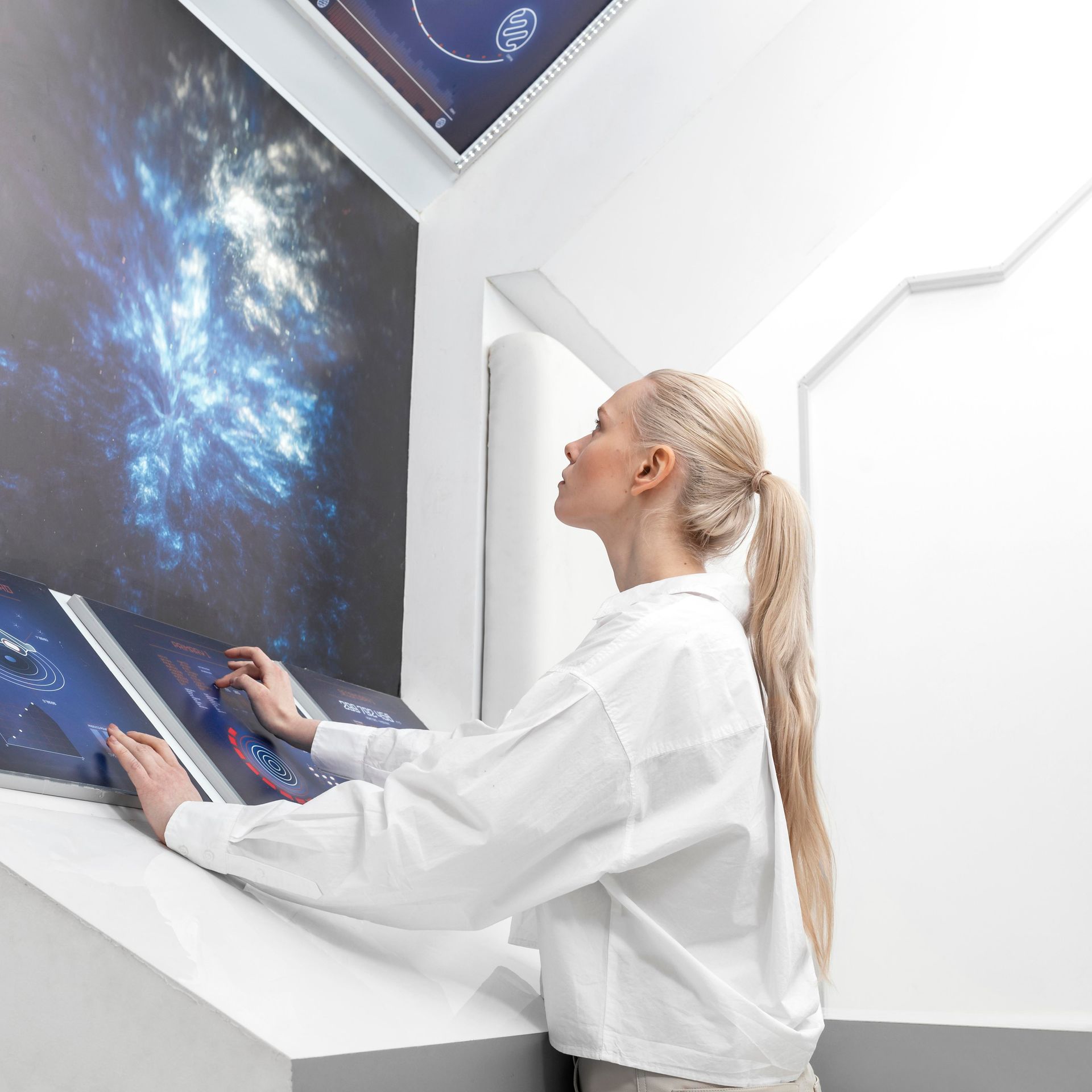Virtual Medical Assistants (VMAs) are revolutionizing the healthcare industry by providing efficient and cost-effective solutions to manage and automate a myriad of administrative and clinical tasks. Chase Clinical Documentation is at the forefront of this innovation, offering VMAs that enhance the operational dynamics of medical practices. This comprehensive guide will delve into what VMAs are, how they operate, the technologies they use, and the extensive benefits they bring to medical practices.
Understanding Virtual
Medical Assistants
Virtual Medical Assistants are advanced software applications designed to assist healthcare providers by automating administrative and some clinical tasks. VMAs are programmed to interact with patients, healthcare providers, and other systems within a practice to streamline operations. They are not physical entities but digital assistants that work from remote locations or cloud-based platforms.
How VMAs Operate
VMAs operate by utilizing a combination of artificial intelligence (AI), machine learning, and natural language processing technologies. These technologies enable VMAs to understand and execute tasks based on verbal or typed instructions. They are integrated into healthcare systems through secure APIs and can access electronic health records (EHRs), manage data, and communicate with patients and staff efficiently.
Key Technologies Used:
- Artificial Intelligence (AI): Enables VMAs to mimic human decision-making processes and respond intelligently in real-time.
- Machine Learning: Allows VMAs to learn from patterns and improve their responses and actions over time.
- Natural Language Processing (NLP): Facilitates understanding and generating human language, enabling VMAs to interact naturally with patients and healthcare providers.
Typical Tasks Handled by
Virtual Medical Assistants
VMAs are incredibly versatile and can handle a wide range of tasks, including but not limited to:
- Patient Scheduling and Reminders: Automating appointment bookings and sending reminders to patients.
- Billing and Coding: Assisting with the preparation of billing statements and ensuring accurate medical coding for insurance claims.
- Patient Communication: Handling routine patient queries via email, text, or voice, and providing information on treatments and procedures.
- Document Management: Helping with the sorting and managing of medical documents within EHRs.
The Setup
Process
Setting up a Virtual Medical Assistant involves several key steps:
- Assessment of Needs: Determining what tasks the VMA will handle and the goals for its implementation.
- Choosing the Right VMA: Selecting a VMA that fits the specific needs of the practice, considering factors like compatibility with existing systems and the scale of operations.
- Integration: Seamlessly integrating the VMA with existing healthcare IT systems, such as EHRs and practice management software.
- Training: Training staff to use the VMA effectively, which includes understanding how to interact with and oversee the assistant.
- Testing and Launch: Running tests to ensure the VMA operates correctly and making adjustments as necessary before going live.
Benefits to
Medical Practices
The benefits of implementing Virtual Medical Assistants in medical practices are vast:
- Increased Efficiency: VMAs streamline operations, reducing the time and effort spent on routine tasks.
- Cost Reduction: By automating tasks, practices can reduce labor costs and minimize errors that could lead to financial losses.
- Enhanced Patient Satisfaction: Improved response times and personalized communication enhance the overall patient experience.
- Reduced Staff Burnout: Automating mundane tasks allows staff to focus more on patient care and less on administrative duties.
Enhancing
Healthcare with VMAs
Virtual Medical Assistants represent a significant advancement in healthcare technology, offering a multitude of benefits that help medical practices operate more efficiently and effectively. By understanding what VMAs are, how they operate, and the technologies they utilize, medical practices can make informed decisions on how best to integrate these powerful tools into their operations. Chase Clinical Documentation is committed to providing VMAs that not only meet but exceed the expectations of modern healthcare providers, ensuring a seamless, productive, and cost-effective healthcare environment.
Recent Posts













